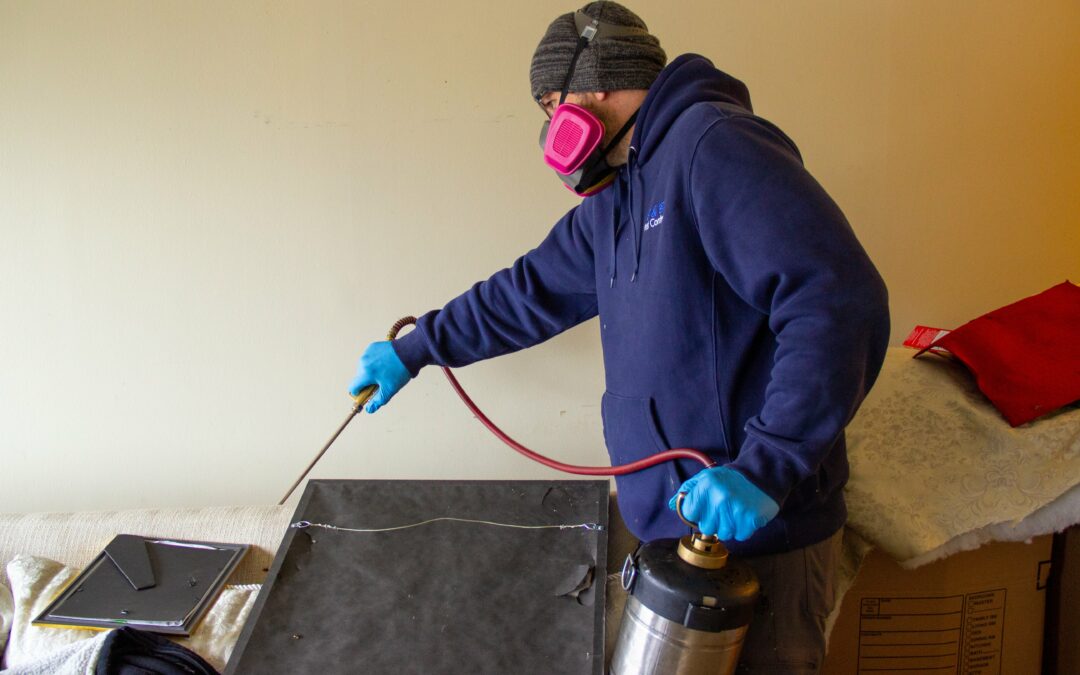Bed bugs (Cimex lectularius) belong to the Cimicidae family of small parasitic insects that suck blood from humans and other warm-blooded animals. It is often said that bed bugs are capable of surviving indoors for an entire year without collecting blood meals, but this statement is misleading. The amount of time adult bed bugs can survive without consuming a blood meal ranges from 20 to 400 days depending on the temperature and humidity of their living conditions. Bed bug offspring are known as “nymphs,” and they require more frequent blood meals than their parents in order to continue their development into adults, but older nymphs can survive without feeding for a longer period of time than younger nymphs.
Humans are solely responsible for spreading bed bugs to new locations and for providing them with the sustenance they need to survive. Bed bugs are transported indoors when residents unknowingly bring infested items like furniture, mattresses, clothing, bedding or other compromised secondhand fabrics into their home. According to a recent survey conducted by the National Pest Management Association, with the exception of single family residences and apartment buildings, the most common locations where pest control professionals perform bed bug treatments are nursing homes, day care centers, schools, offices, college dormitories, hospitals and public transportation. In these, and many other public locations, bed bugs are often present on cushioned chairs where they attach to people’s clothing or accessories before being brought into homes.
During the earliest stages of infestations, bed bugs are found on beds or within close proximity to beds. When infestations progress and bed bugs become more numerous, the pests begin to retreat into more concealed harborages, such as behind loose wallpaper, in cracks and crevices on walls and flooring, behind outlets within wall voids, and inside devices like phones, clocks, and radios. It is important to have bed bug infestations treated as soon as possible since advanced infestations see bed bugs establish hiding spots within inaccessible areas where they cannot be easily exposed to insecticides. Also, bed bugs that establish hiding spots within wall voids, between cushions and within other enclosed areas are better insulated from fatal high heat treatments, which is the favored method of bed bug control.
Have you ever witnessed a bed bug escape into or emerge from an outlet or other enclosed area?

